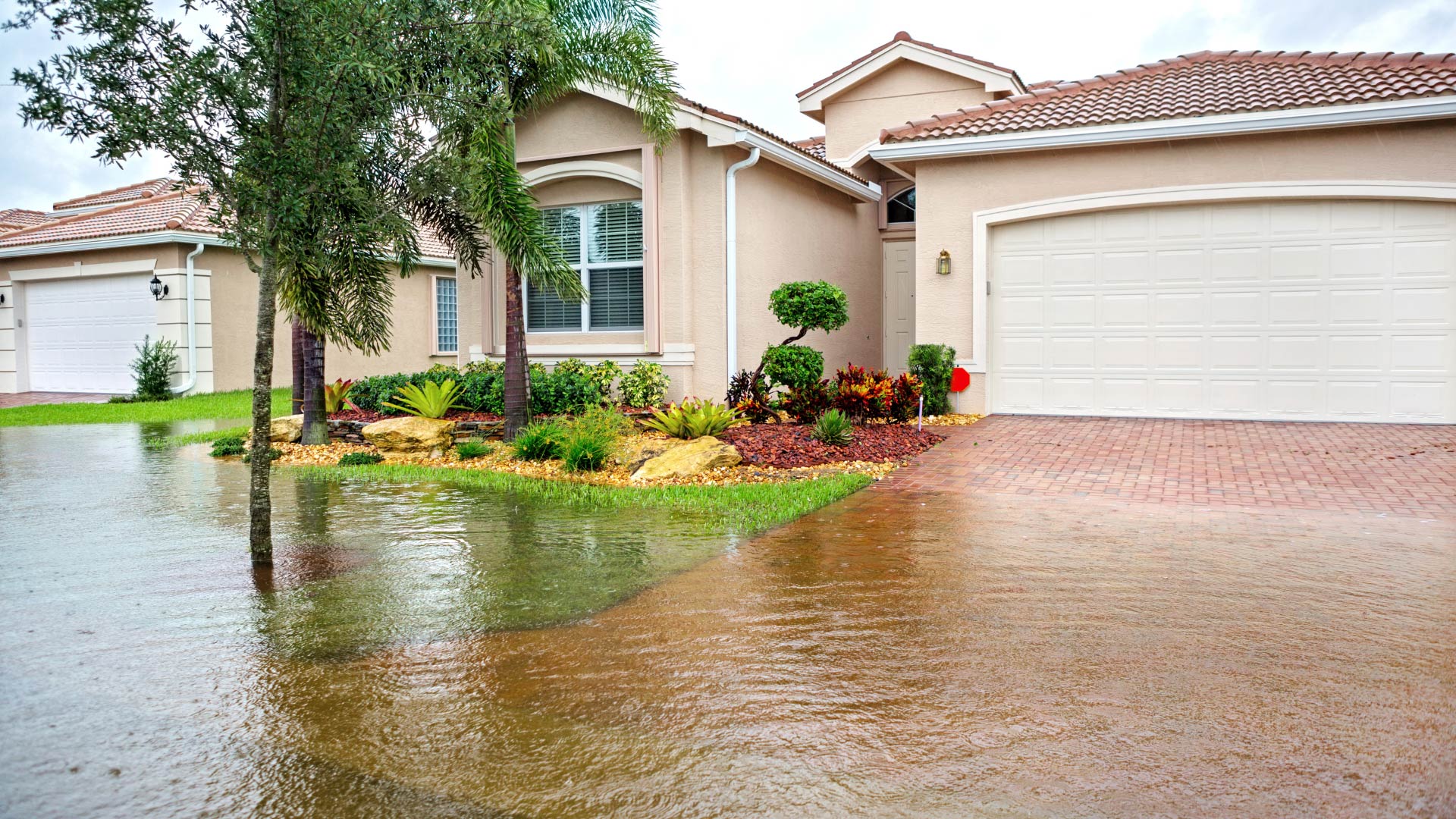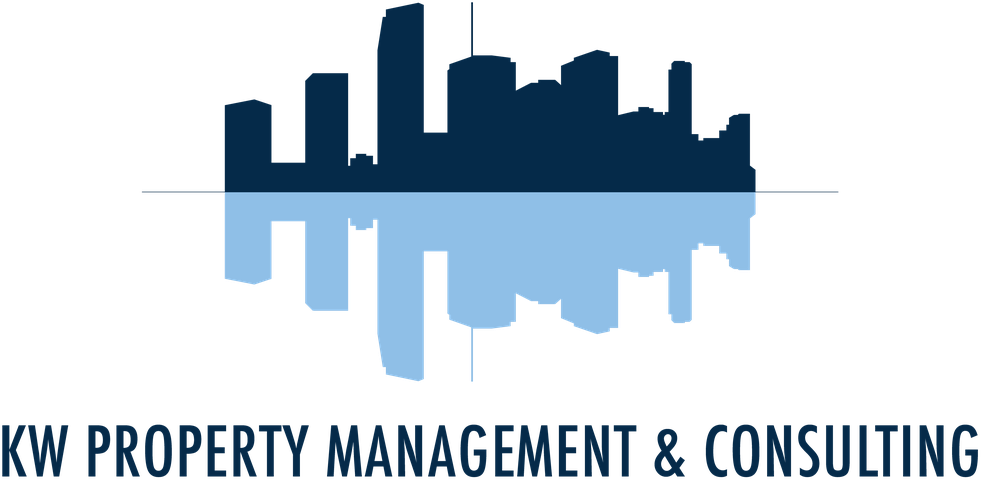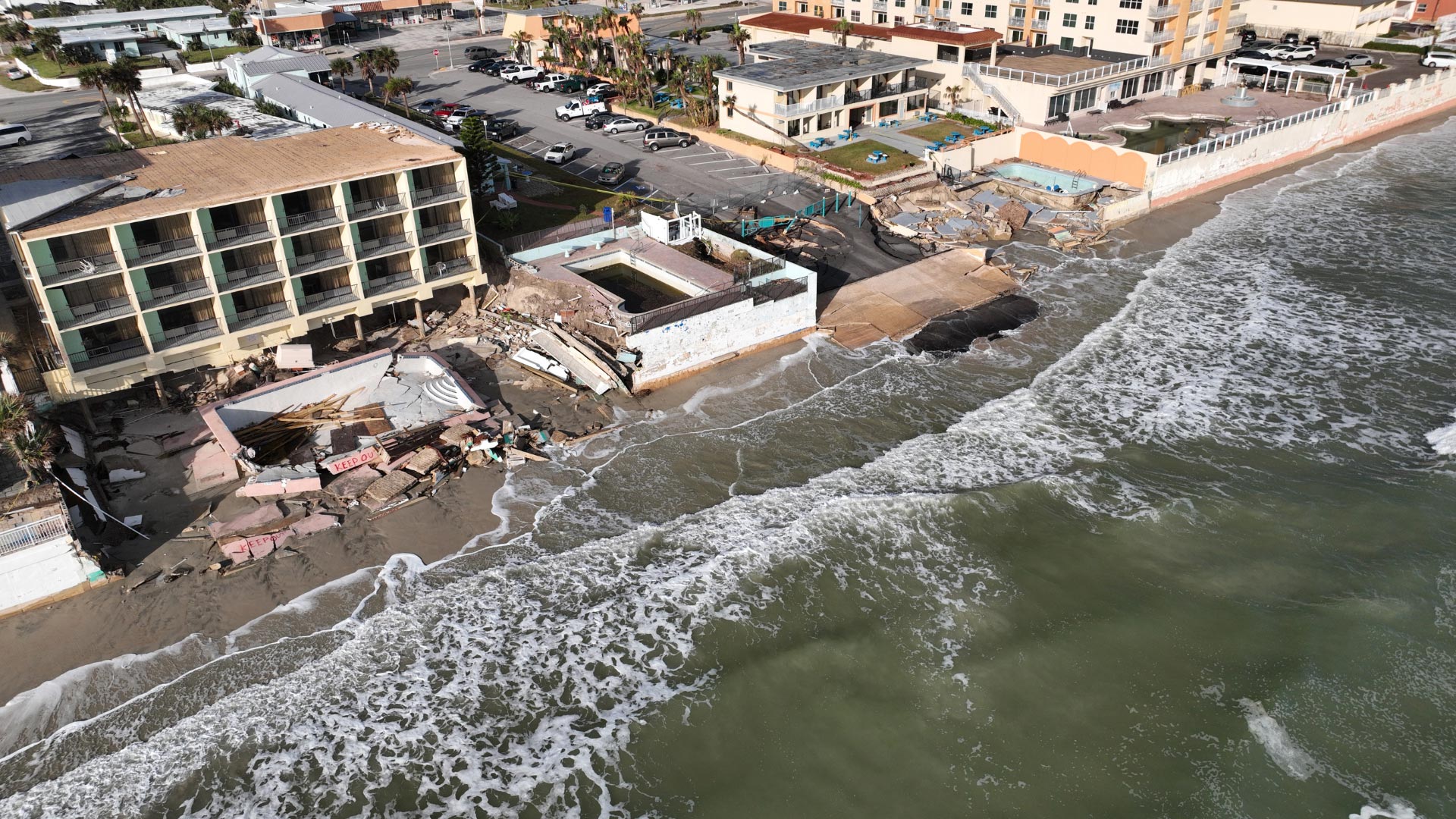
Hurricane Condo Damage: Expert Strategies for Recovery and Preparedness
- Hurricane condo damage has long-term implications beyond immediate repairs.
- Associations must prioritize disaster readiness, vendor agreements, and insurance reviews.
- Technology—drones, cloud storage, communication tools—is revolutionizing disaster recovery.
- Annual hurricane planning and drills are crucial for resident safety and board readiness.
- Case studies from recent storms emphasize the importance of early vendor engagement and updated insurance policies.
Key Takeaways from the Webinar
When hurricane season strikes, Florida’s condo communities face high risks—hurricane condo damage can be devastating, both physically and financially. That’s why proactive disaster preparedness and expert-led recovery strategies are essential.
In a recent KW Property Management & Consulting (KWPMC) webinar, industry leaders shared insights into minimizing storm impact and accelerating post-disaster recovery. With a special focus on high-rise condos and HOAs, this post outlines key actions for managing hurricane damage in condo buildings.
Why Preparedness Matters for Condo Associations
Experts Zuly Maribona and Alex Martin from KWPMC hosted a session featuring disaster recovery professionals David Schopp and Matthew Sengsourinh. Their message was clear: proactive planning saves lives and protects property values.
- Disaster preparedness reduces hurricane condo damage risk
- Early planning streamlines insurance claims and restoration
- Having certified contractors on-call ensures priority response
As FEMA notes, structural resilience starts long before a storm arrives.
see the section 5 Steps to Prepare for Hurricane Condo Damage
1. Prioritize Resident Safety
Safety protocols must include evacuation plans, emergency contact lists, and backup communication systems.
2. Conduct Visual and Digital Documentation
Pre- and post-storm photos/videos are vital for insurance and repair planning.
3. Build a First-Responder Network
Pre-contracted relationships with restoration vendors give your community priority access.
4. Upgrade Vulnerable Infrastructure
Invest in impact-rated windows, storm shutters, roof reinforcements, and backup power.
5. Communicate, Train, Repeat
Regular staff and resident training ensures everyone knows their roles.
see the section Insurance Strategies for Hurricane Condo Recovery
Matthew Sengsourinh from GlobalPro emphasized that understanding your policy details is non-negotiable. Condo boards often discover gaps in coverage too late.
- Maintain a certified digital copy of your policy
- Know your hurricane/windstorm exclusions and deductibles
- Use public adjusters to maximize recovery value
Restoration & Project Management Post-Hurricane
David Schopp highlighted that after major storms, “the difference between chaos and recovery is having a professional project manager.”
Repair in the Right Order:
- Secure the envelope: roofs, windows, doors
- Then move to interiors: drywall, plumbing, flooring
- Prioritize safety and building functionality first
Association Hurricane Cleanup: Best Practices
Cleaning up after hurricane condo damage goes beyond debris removal. You must assess environmental hazards, coordinate with city services, and comply with EPA protocols.
- Assign safety tiers to cleanup zones
- Secure dumpsters and hazardous waste handling teams
- Notify residents with clear area reopening timelines
FAQs: Hurricane Damage in Condo Buildings
Q:What causes most hurricane condo damage?
A:Wind-driven water, roof damage, and window breaches are top culprits.
Q:Should we update our disaster plan annually?
A:Yes—review staff roles, vendor contacts, and resident communication tools at least once a year.
Q:Can insurance cover temporary housing for residents?
A:Sometimes. Check for “loss of use” or “additional living expense” clauses in your policy.
Q:What if we can’t find contractors after a storm?
A:Establish pre-storm service agreements and join vendor waitlists to secure access early.
explore our Long-Term Resilience Planning section
Beyond recovery, your condo association should explore ways to future-proof buildings from hurricane damage:
- Install flood barriers and backup generators
- Apply for state grants for storm-hardening upgrades
- Participate in county-wide disaster drills and knowledge-sharing events
Conclusion: Be Ready, Stay Resilient
Managing hurricane condo damage is more than cleanup—it’s about building a system of preparation, communication, and rapid response. With the right strategies, your community can emerge stronger and more united after every storm.
👉 Join our next disaster readiness webinar to stay ahead of hurricane risks and keep your association storm-proof.
The True Cost of Hurricane Condo Damage
Beyond the immediate structural harm, hurricane condo damage has long-term implications for associations. Financial losses extend beyond visible repairs. There’s also increased insurance premiums, temporary housing costs for displaced residents, legal liabilities, and reputational damage.
Many communities underestimate the indirect costs:
- Missed mortgage payments due to unit uninhabitability
- Board liability if underinsured
- Community-wide special assessments that create homeowner resentment
Associations need to build financial resilience into their operations by reviewing policies with independent brokers, exploring umbrella coverage, and setting aside contingency funds.
Developing a Hurricane Response Plan: Step-by-Step
Creating a hurricane plan is not just a checkbox item—it’s a strategic document that guides your team through one of the most chaotic scenarios imaginable. Here are the key components of a modern and actionable plan:
1. Emergency Contact List: Include vendors, board members, emergency services, and utility companies.
2. Evacuation Protocols: Detailed routes, transport options for disabled residents, and local shelter information.
3. Communication Systems: Utilize email blasts, community apps, and text alerts to disseminate updates.
4. Structural Shut-Down Procedures: Secure elevators, HVAC systems, gas lines, and entry points before storm impact.
5. Post-Storm Debriefing Template: Organize damage assessments, resident check-ins, and recovery progress.
Train staff twice a year and review your hurricane plan each spring and fall to account for new residents, updated vendor contracts, and lessons from past storms.
Case Study: Post-Ian Recovery in Southwest Florida
Hurricane Ian devastated portions of Southwest Florida in 2022. One KWPMC-managed property in Fort Myers Beach experienced catastrophic damage to elevators, roofs, and the main electrical room.
What worked:
- Pre-storm documentation of building assets
- Fast vendor mobilization due to pre-signed contracts
- Daily updates sent to owners remotely
What didn’t:
- Outdated insurance limits caused coverage shortfalls
- Confusion over resident relocation support
- Delays due to lack of FEMA-compatible damage reporting templates
These lessons led to revised SOPs for KWPMC properties across Florida, emphasizing communication, documentation, and proactive negotiation with insurance providers.
The Role of Technology in Disaster Recovery
Technology has become a cornerstone of disaster recovery. From drones to cloud backups, here’s how it’s shaping post-hurricane condo response:
- Drone Inspections: Offer immediate aerial views of damage and help prioritize repairs.
- Cloud-Based Recordkeeping: Insurance policies, resident rosters, and vendor contracts should be securely stored online.
- Communication Tools: Tools like Slack, WhatsApp, or dedicated HOA apps streamline updates and resident feedback.
- Project Management Software: Track tasks, timelines, and vendor responsibilities for transparency.
Investing in tech is not a luxury—it’s a necessity for associations committed to efficiency and risk reduction.
How KWPMC Supports Hurricane Preparedness
KW Property Management & Consulting (KWPMC) offers full-spectrum hurricane readiness and response services to Florida HOAs and condos:
- Hurricane SOP Development and Annual Reviews
- Pre-arranged vendor agreements for debris removal and repairs
- Emergency response drills and training
- Post-storm insurance claims coordination
- Board and resident communication planning
Our team of regional managers, engineers, and project managers work together to provide communities the confidence and support they need in crisis moments. Contact us to create or upgrade your hurricane readiness plan and see why hundreds of Florida associations rely on KWPMC.
Learn more about KWPMC’s property management services.
Contact us for consultation and support.

